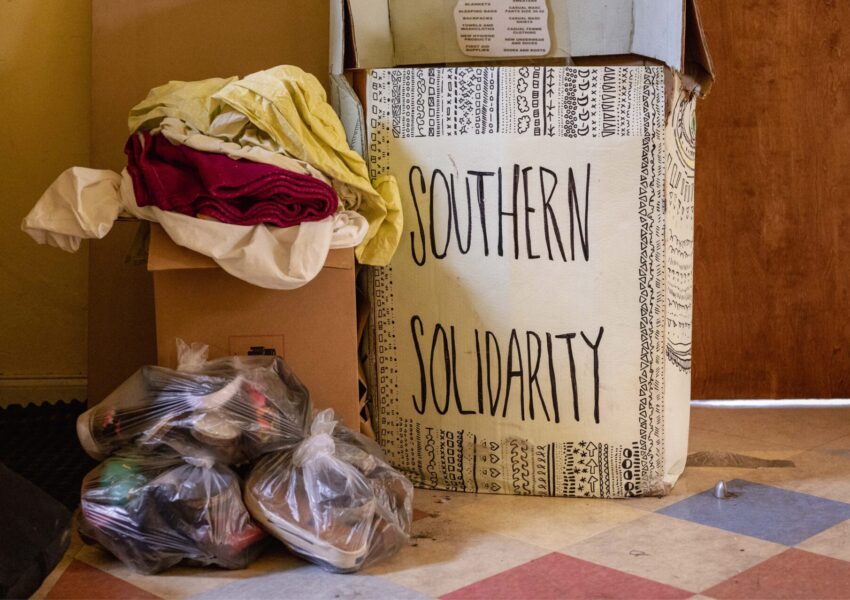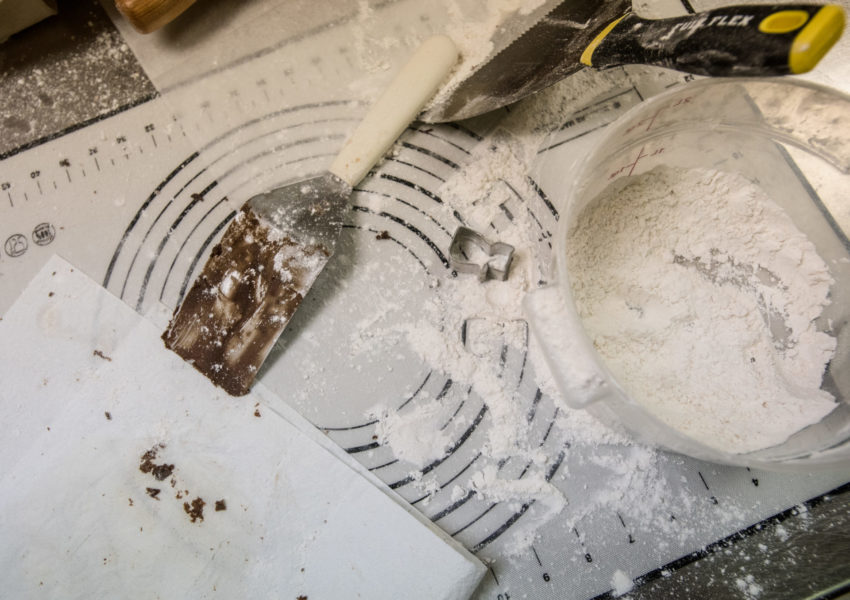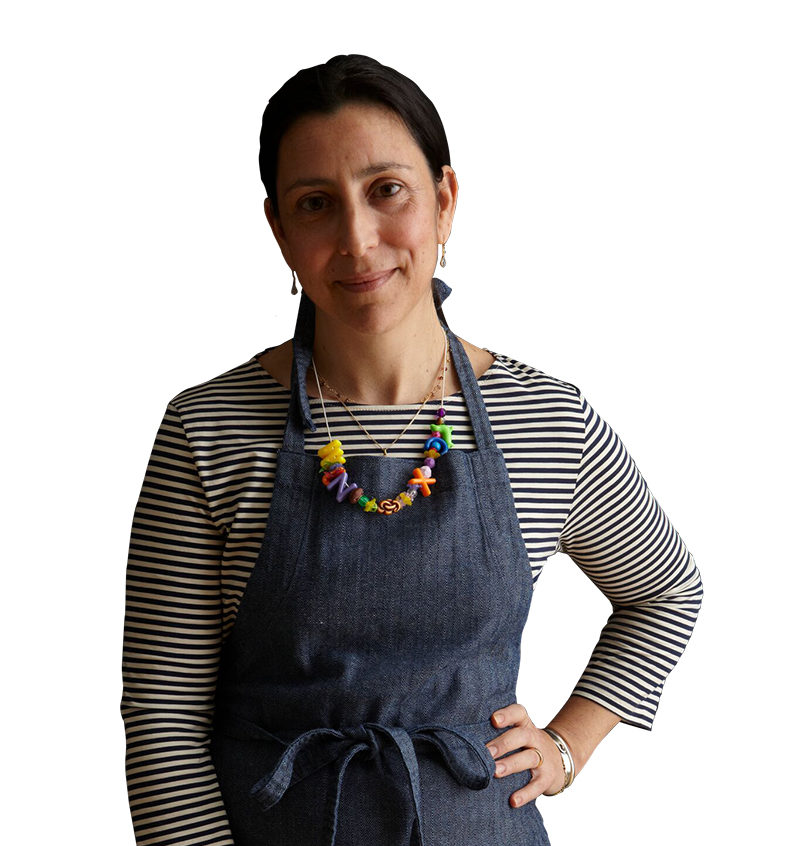King cake was historically eaten on one night each year – January 6 in honor of the Epiphany, or Twelfth Night, a date that marks the arrival of three, gift–bearing wisemen to the crib of baby Jesus. King cake eating (and baking and gifting) evolved to encompass the entirety of the Carnival season preceding Lent. For many king cake bakeries, the once–seasonal treat is now available year–round. It is not just king cake season that has expanded. Today’s bakers offer a wide variety of flavors and designs beyond the king cake most closely associated with New Orleans—a frosted, cinnamon–filled brioche decorated with purple, green, and gold sprinkles. Amongst today’s offerings we encounter rose–flavored Queen Cakes and peanut butter–banana varieties named for rock icons; the replacement of brioche by puff pastry, doughnut dough, and sweet potato rosemary bread; and the inclusion of a multicultural assortment of fillings, ranging from Latin American guava to Cajun boudin.
Owing to the rampant success of king cake sales, consumer demand has expanded the availability of this once–strictly–seasonal treat. The Parish Epiphany oral history project documents narrators’ impressions of this turn from seasonal specialty to year–round commodity, particularly as it relates to debates over king cake authenticity. Can a king cake still be a king cake when baked outside of Carnival season? The shared stress of churning out anywhere from 100 to 60,000 king cakes in one Mardi Gras is a unifier in what can be a divisive debate about authenticity. In all cases, distribution and demand come to bear on everything from staffing, to sleep schedules, to recipes and baking techniques.
Defining tradition is a tricky business, especially when common denominators are seldom to be found. Like so much of Louisiana cuisine, the king cake is a food of uncertain origin. While the dessert and its accompanying traditions have been traced all the way back to ancient Rome, the king cakes popularized in southeastern Louisiana also bear the influence of enslaved Africans, settlers from France and Spain, and early immigrants from Ireland, England, and Germany. Add in the more recent innovations of immigrants and transplants from disparate backgrounds, and you have a pastry that represents nearly every element of the state’s vast cultural patchwork.
Louisiana is the only state that organizes itself into parishes, a structure adopted as a result of the enduring Catholic influence that brought Mardi Gras to the region. In this collection, stories from three of Louisiana’s major population centers–Orleans Parish, Acadia Parish, and East Baton Rouge Parish–provide a taste of the many culinary epiphanies taking place in kitchens and bakeries across the state.
The king cake has become the central emblem of Mardi Gras, arguably Louisiana’s chief cultural export. Originally a tradition of the French Catholic southeast, Mardi Gras revelry quickly swept across the state and eventually rose to national and international renown. Considering the celebration’s national significance, Olivia Durand calls Mardi Gras “America’s looking glass,” a kaleidoscopic fusion of social identities and cultural mores “through which social fractures and political struggles became magnified.” While Mardi Gras pageantry functioned originally to shore up the interests of a white male social elite, it also “became a tool for those marginalized to reclaim agency and control of the public space.” The king cake craze plays a complex role in bearing out Mardi Gras’ function as both agent and agitator of the status quo. For some customers, notions of king cake authenticity align with a strict observance of who should and should not be included in the Mardi Gras mainstream. For others, the innovations of newcomers are recognized as the very thing that keeps tradition alive.
Broadly speaking, the term “epiphany” refers to a revelation, a sudden perception of the essential nature or meaning of a thing. These oral histories hone in on what the king cake reveals about the citizens of southeast Louisiana—their backgrounds, their experiences, their vast and often intertwining tastes and traditions. As a window into the region’s cultural influences, the king cake, a Parish Epiphany, mediates meaning–making among the vast patchwork of people who bake their way through Carnival season.
*******
Sources:
Durand, Olivia. “Mardi Gras Is a Critical American Tradition—Even without the Parades.” https://www.washingtonpost.com/Outlook/2021/02/16/Mardi–Gras–Is–Critical–American–Tradition–Even–without–Parades/, 16 Feb. 2021, https://www.washingtonpost.com/outlook/2021/02/16/mardi–gras–is–critical–american–tradition–even–without–parades/. Accessed 14 Dec. 2021.
Richardson, Maggie Heyn. Hungry for Louisiana: An Omnivore’s Journey, Louisiana State University Press, Baton Rouge, LA, 2015. Introduction.
Schreiber, Alana. “Louisiana Considered: The History of King Cake and How It Became a Mardi Gras Staple.” Louisiana Considered, WWWNO, 10 Jan. 2022.
















